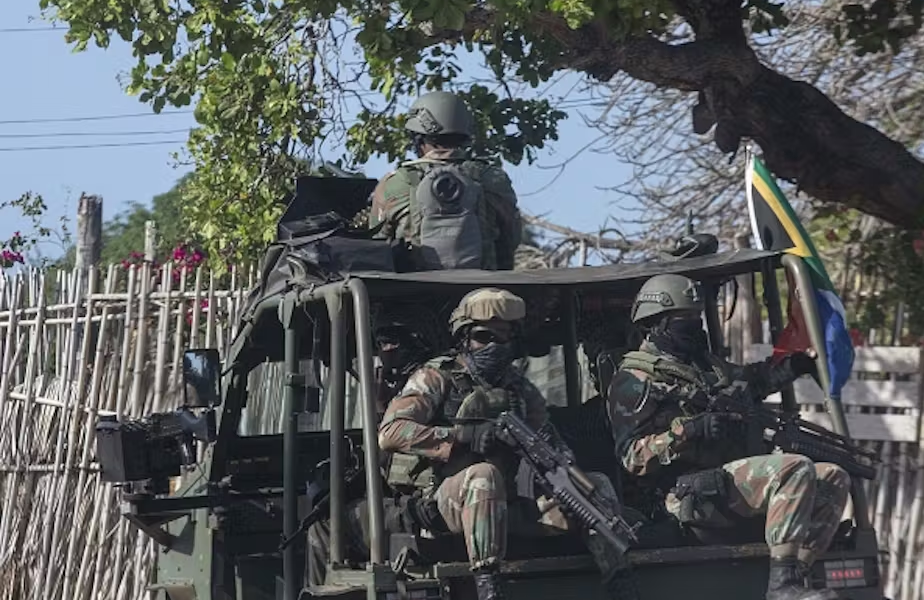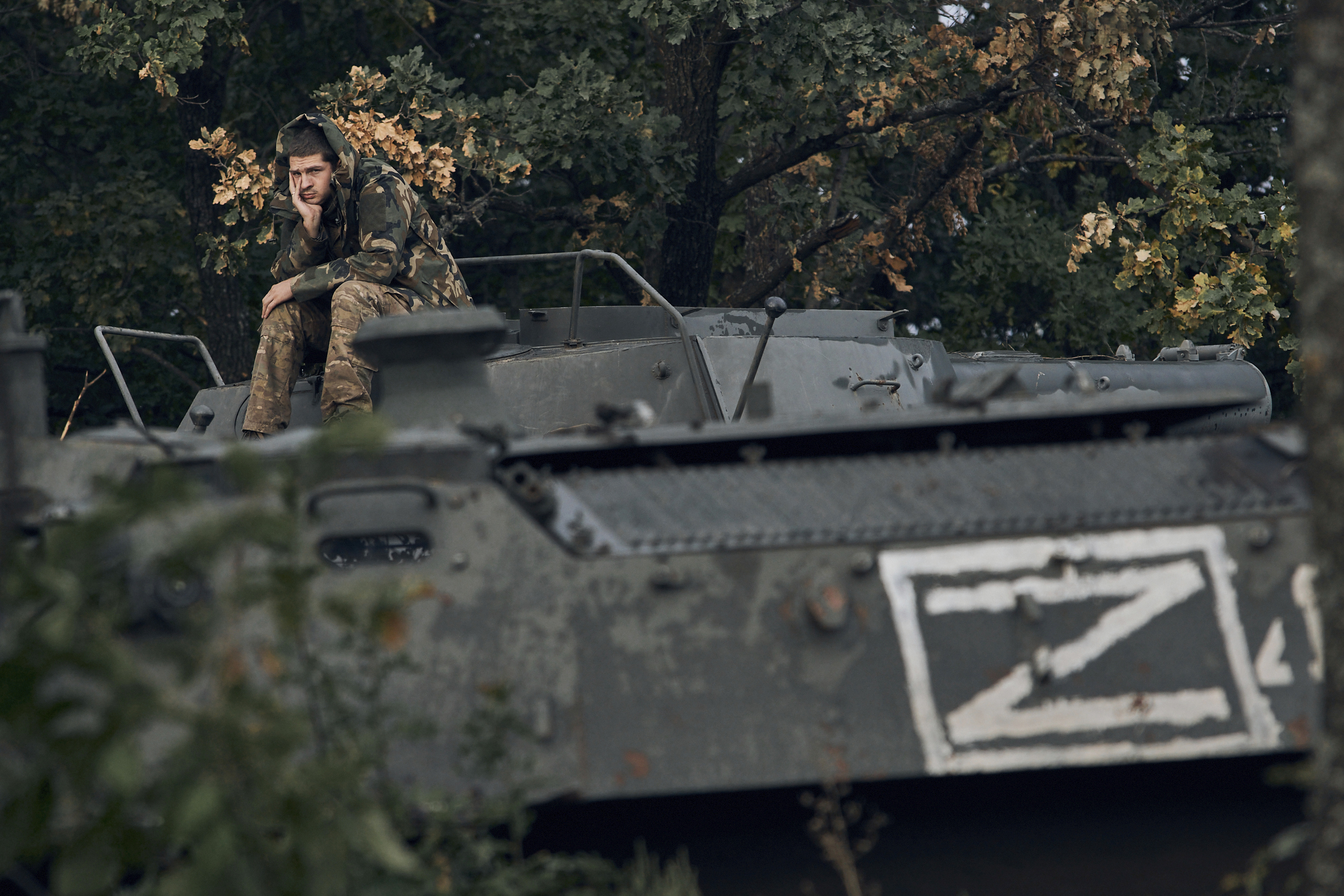Shadow Defence Minister Kobus Marais Advocates for South Africa’s Continued Presence in Mozambique to Combat Cabo Del Gado Insurgents
In June 2024, the forces from the Southern African Development Community (SADC), including South Africa, are set to withdraw from Mozambique. This country has been under the terror of Islamic insurgents, particularly in the northern Cabo Delgado province. The withdrawal will leave the Mozambican government to fight the insurgents on its own and also poses risks for South Africa, which borders Mozambique. This situation unfolds while South African forces are engaged in a controversial peacekeeping mission in the Democratic Republic of the Congo.
Kobus Marais, South Africa’s Shadow Minister of Defence from the Democratic Alliance, commented on the withdrawal from Mozambique and said it makes absolute sense to be involved in regional/SADC peacekeeping forces, especially when the South Africa has a direct national strategic impact from it and when the conflict has an impact on the country’s national security.
Marais highlighted the potential of the LNG resources in Cabo Delgado and the planned pipeline to take liquefied natural gas to the Gauteng province, stating, “These developments could significantly alleviate our national energy shortfalls.” He noted that the conflict in Cabo Delgado was already moving south in Mozambique and is spilling over South Africa’s borders. “The existence of Islamic cells in SA also poses a major security threat to us,” Marais said.
He strongly advocated for South Africa to substantially enhance its presence and capabilities in Cabo Delgado and along South Africa’s land, sea, and air borders with Mozambique to comply with Article 200 of the South African Constitution.
Marais expressed his belief that “Withdrawing from Mozambique to get involved in the DRC would be pointless, as I don’t see a substantial threat to our national interest and national security there.” In this article, republished with the permission of the Conversation, Prof. Thomas Mandrup from Stellenbosch University assesses the success of the SADC mission in South Africa and what can be learned from it.
Jihadism in Mozambique: southern African forces are leaving with mixed results
Thomas Mandrup, Stellenbosch University
The Southern African Development Community (SADC) military mission in Mozambique (Samim), which was deployed on 15 July 2021 to fight the Islamic insurgents terrorising the northern Cabo Delgado province since 2017, is scheduled to end by June 2024. Mozambican security forces will then take full responsibility for security.
We asked military science and defence expert Thomas Mandrup, who has published a paper on the situation after a recent ground visit, to evaluate the mission.
Why did the military mission in Mozambique intervene?
The jihadist insurgency by the group now calling itself Al Sunnah had been spreading rapidly in the Cabo Delgado province from late 2019. SADC member states had been putting pressure on the Mozambican government to allow a regional military intervention to prevent the insurgency from spreading in the region. Their fear was that Islamic State (Isis), to which the extremists are affiliated, would get a bridgehead from which they could expand their operations.
More than 850,000 civilians had been forced to flee their homes after violent attacks by the extremists.
The insurgency caused the suspension of a US$60 billion investment in a liquefied natural gas project led by multinational energy giants TotalEnergies, ENI and Exxon. The hope had been that the development would drive local, national and regional economic growth.
The SADC decided to deploy a combined force of 2,210 troops. The mission is dominated by a South African contingent of 1,495 soldiers. Other troops come from Botswana, Tanzania, Lesotho, Namibia and Angola.
The thinking was that they would eliminate the Al-Sunnah presence in its area of operation.
How successful was the mission? What were the challenges?
The SADC military mission had several main strategic objectives:
neutralising the extremists
assisting the Mozambique Defence Armed Forces in planning and undertaking operations
training and advising the Mozambique forces.
The SADC member states also planned to supplement the military efforts with humanitarian aid and even development projects to sustain the progress made by the mission.
An internal assessment report was presented at the July 2023 meeting of the then SADC leadership troika (Zambia, Namibia and South Africa).
It concluded that the SADC mission had achieved its objective of reducing the insurgents’ capacity and assisting the Mozambican military. In addition, 570,000 internally displaced people had returned to their homes by August 2023, as the security situation had improved.
However, since the second half of 2023, the number of attacks has increased, leading to a rise in the number of displaced people.
Samim has found it difficult to fulfil its mandate of training the Mozambican force because they couldn’t identify their training needs.
The development and humanitarian efforts have been limited at best.
The assessment report also concluded that the mission had suffered because it was never given the capabilities outlined in the initial SADC pre-mission report of April 2021.
Firstly, the force was smaller than initially recommended. It never went beyond 2,200, a far cry from the mandated 2,900. The mission lacked numbers and capabilities in terms of air, naval and ground assets. Lack of funding was key to the mission’s limited size and capabilities.
Secondly, coordination and joint operations with the Rwandan forces, which had been deployed in July 2021, the SADC force and the Mozambican security forces have been problematic. For example, they had different communication equipment and the soldiers spoke different languages.
Thirdly, intelligence gathering capabilities were weak. Insufficient information before operations commenced increased the danger to troops and civilians.
Fourth, intelligence and operational information was frequently leaked to the extremists.
What lessons can be learnt from the operation?
An outside intervening force must have the full backing of the host nation. And it must understand the area and situation it’s being deployed into. The Mozambican government and military have not always worked with the mission. Seemingly hidden agendas, or different priorities, have hampered the mission.
The Mozambican government’s delayed and timid response to the growth of the insurgency from its beginning raises a number of questions:
why was its response so slow and insufficient?
why did it oppose regional involvement for so long?
why has the SADC mission at times found it difficult to strike at the core of the insurgents?
The difficult political situation in the capital, Maputo, notably factional battles inside the governing Frelimo and the fallout over the huge 2013-2014 Tuna bonds corruption scandal, hampered the mission.
During my recent fieldwork several interviewees even suggested that a faction of Frelimo had at times supported the insurgents.
In addition, strong personal, political and economic interests affected operational realities. Frelimo has strong ties to the region going back to the war of independence against Portugal, and later the civil war between Renamo and Frelimo. The cleavages from the civil war have never been really solved and are still visible.
It was clear that the Mozambican government didn’t have a clear plan to address the many causes of conflict. For example, it did not understand why the insurgency had attracted support from large sections of the local population.
Many people living in Cabo Delgado view the Mozambican state as removed from their everyday realities. Some even see the government as illegitimate and the cause of their suffering. An effective stabilisation effort needs various interventions – military, socioeconomic and political – to resolve the difficult conditions people are living under.
The SADC mission was starved of the capabilities and numbers needed to be an effective fighting force. The local population considered it less effective than, for instance, the Rwandan force, which was also better equipped and trained.
What needs to happen
Insurgency activities are once again on the rise in Cabo Delgado. The risk is that the extremists will once again take a stronger foothold there since the issues that led to the conflict in the first place remain unresolved.
The SADC mission shows how difficult and costly it is to launch and run a large scale military operation, especially if the host government is not taking full ownership and supporting the operation. The SADC operation can only create “space” for the political solutions to be found.
In addition, the Mozambican government and its security force have shown only limited signs of improved capacity. It is uncertain that they are ready to take over the full responsibility for security after June 2024, when the SADC soldiers leave.
Thomas Mandrup, Associate Professor, Security Institute for Governance and Leadership In Africa (SIGLA), Stellenbosch University
This article is republished from The Conversation under a Creative Commons license. Read the original article.




















































































































































































































